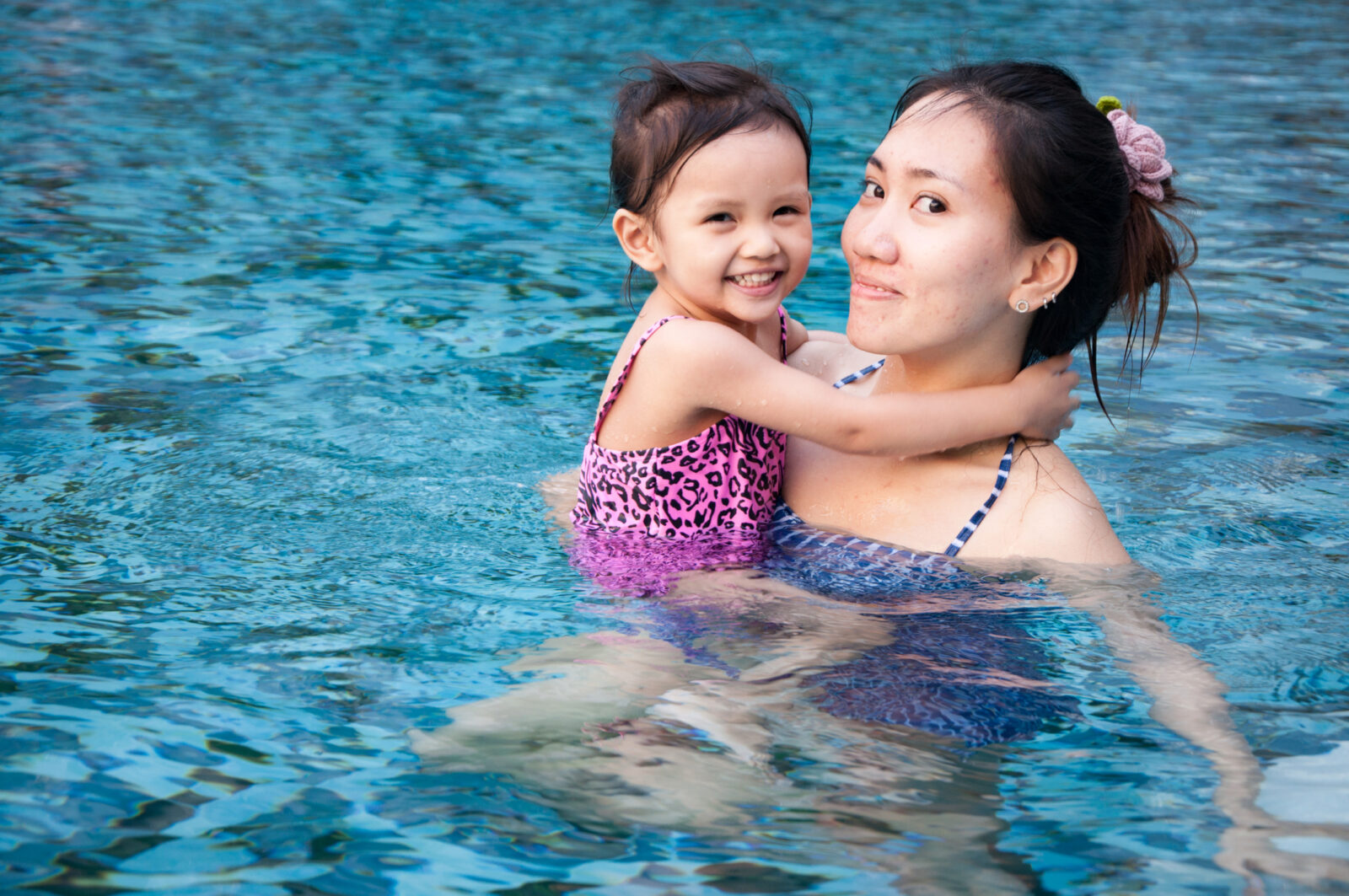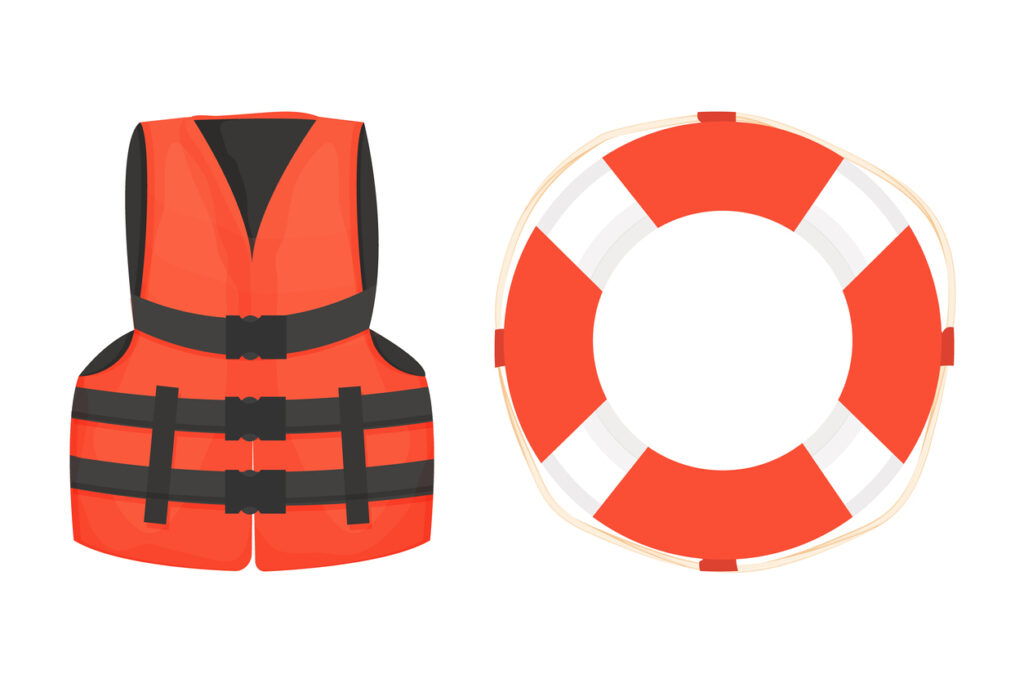Enjoy The Water—But Make Safety Your First Priority
 June 1, 2023
June 1, 2023Memorial Day weekend marked the traditional, unofficial start of summer—and swimming season.
But before you or your children take to the region’s pools and waterways to cool off, we hope you’ll take a few minutes to review some water safety tips that can spare a lifetime of heartache.
There are about 11 drowning deaths each day in the United States—around 4,000 a year. It’s among the leading causes of death for children 1-14. And for every child who dies by drowning, another 7 receive emergency care for drowning-related injuries—injuries that can cause brain damage and ongoing health problems.
And it’s not just swimmers who are at risk.
It is possible to drown in less than 2 inches of water. Every day, unattended young children fall into pools or ponds, or slip beneath the surface of their bath water.
People drown in boating accidents; after being swept into the ocean when wading through the surf; after falling into pools or other bodies of water—even into toilets!
Compounding the tragedy is the fact that most of these incidents could have been prevented with just a few simple precautions like the ones below:

Water Safety Tips
- Ensure pools are fenced (it’s the law).
- Restrict or monitor access to hot tubs, water features, ponds, etc.
- NEVER leave a child unattended in or near a bath, pool or other body of water. That means putting your smartphone or book away when you’re poolside with the little ones — even if there’s a lifeguard on duty!
- Don’t just learn to swim – learn to swim well, and make sure children do, too.
- Set ground rules before kids jump in the pool.
- Beware of peer pressure. Children often push themselves too hard trying to impress their friends, and exhaustion in the water can be deadly.
- Don’t mix alcohol or drugs and watersports. According to the CDC, “More than half of drowning deaths in people older than 15 occur outside of pools, and alcohol is involved in 70% of cases.”
- Be aware of the location of rescue devices such as life preservers. They should be clearly labeled and easily accessible.
- Learn CPR, and learn to use an AED (automated external defibrillator).
- Never swim alone.
We hope you enjoy the summer and the region’s many water-related activities—and carefully!
For more tips on how to enjoy the water safely, please visit The American Red Cross.
